Coming to Cao Bang , tourists are not only attracted by the majestic natural scenery, the mountains, but also attracted by the water wheels along the blue river winding along the fertile fields. The water wheels not only preserve the typical farming practices of the highland people but also show the culture of Cao Bang.
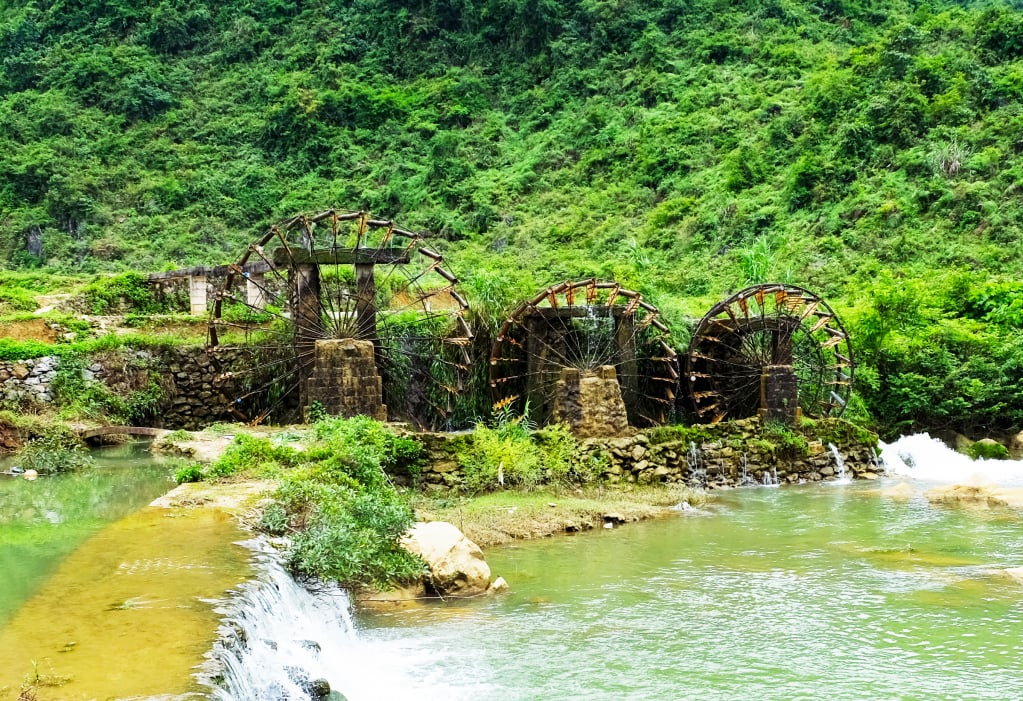
Water wheels are made from bamboo, wood, with 3 main components: the central shaft, the wheel hub and the fan blades. The central shaft is made of durable core wood with good water resistance. The wheel hub is made of bamboo, straight, small and must be old bamboo of sufficient age. Depending on the height, water level of the place where water needs to be brought to and the water source, the wheel maker will decide the size of the wheel through the length of the wheel hub. The bamboo and rattan trees are tied diagonally from both sides of the shaft to create a V shape with the center being the shaft. At the ends of the bamboo trees, people tie a bamboo ring or durable forest rope, ensuring that when the wheel is in operation, the bamboo and rattan trees do not move. Next, at the ends of the bamboo trees, tie water fan blades made from thinly split old bamboo and rattan trees and then weave them into rectangular panels. When the water flows, these fan blades create a pushing force to make the wheel rotate.
Finally, the most important thing for a water wheel is the placement and arrangement of the water pipes on the body of the wheel. Each water pipe is usually tied diagonally to each water blade and all the pipes must be tied at a certain angle so that the wheel does not lose rhythm when turning the water. Using a water wheel to bring water from rivers and streams to high fields overcomes the need to spend a lot of effort building dams and digging ditches to lead water through the obstacles of high mountains.
Not only showing the great creativity of local people in conquering nature, serving production and daily life, no one knows since when, the image of water wheels like giant wheels slowly turning has become a unique cultural feature of ethnic minorities in Cao Bang.
In recent years, thanks to the attention and investment in programs and projects of the State, more canals have been built to irrigate the fields. Therefore, there are few places that maintain the manual method of getting water from primitive water wheels; but water wheels are still useful and valuable because there are still terraced fields in high mountains or fields in remote areas, not concentrated, where irrigation canals cannot be built to bring water. Besides the water wheels that still diligently bring water from rivers and streams to irrigate the fields, many water flows are preserved as a unique highlight in the picture of the homeland. The image of the water wheel turning slowly day and night without stopping, combined with the beautiful natural scenery, creates a more gentle, poetic and lyrical beauty for the landscape.
During the journey to visit and explore the lands in Cao Bang, along the green bamboo hedges on both banks of rivers and streams, visitors will witness water wheels tirelessly bringing water to the fields every day, creating a poetic and charming beauty of the mountains and rivers; the rotation of the water wheels rotates slowly and evenly, creating a pleasant murmuring sound of water along the rivers and streams. Among them, Trung Khanh is one of the localities with the most water wheels. Traveling along the Quay Son River, it is easy to see water wheels operating day and night. Along with the beautiful and charming natural scenery, the image of water wheels contributes to enhancing the beauty of the fairyland.
Because it is a unique cultural feature of the Cao Bang region, in recent years, the province has built a number of water wheel models to serve the check-in needs of tourists such as: Water wheel area in Dam Thuy commune (Trung Khanh), Kim Dong historical relic site in Truong Ha commune (Ha Quang), traditional water wheel model in Kim Dong walking street (City)...
Minh Duc
Source










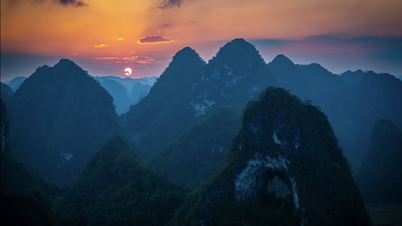

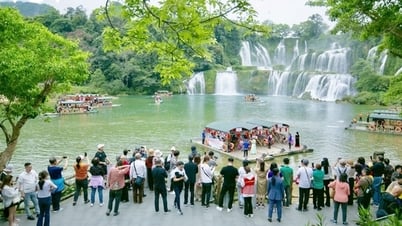

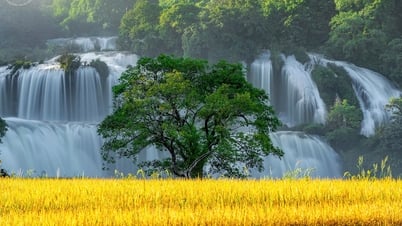


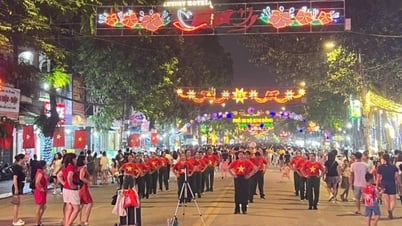
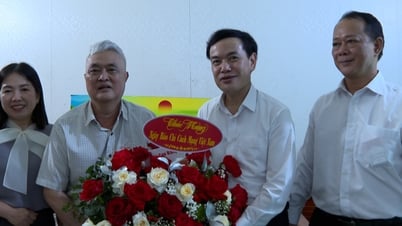






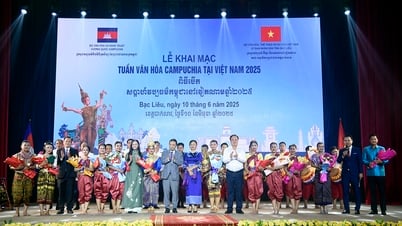






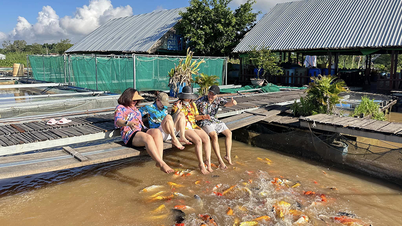
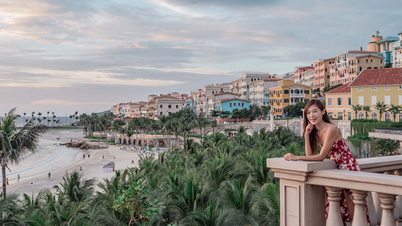
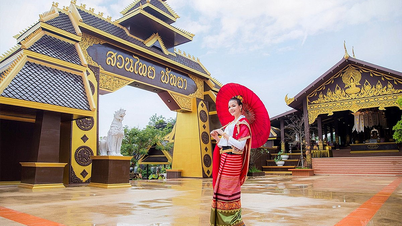
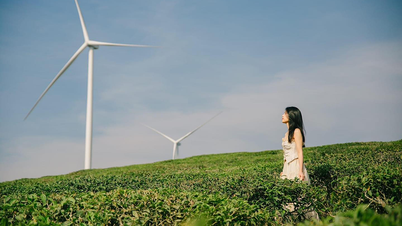














































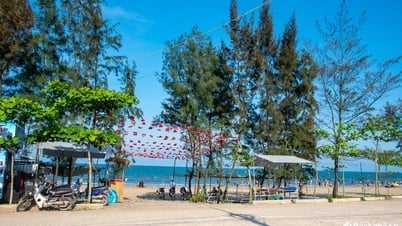
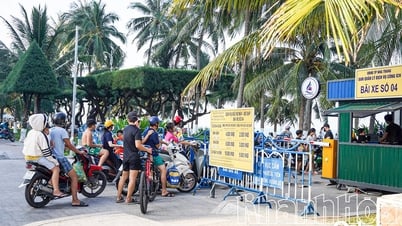



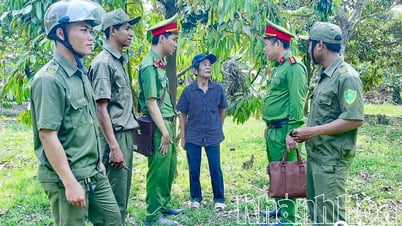













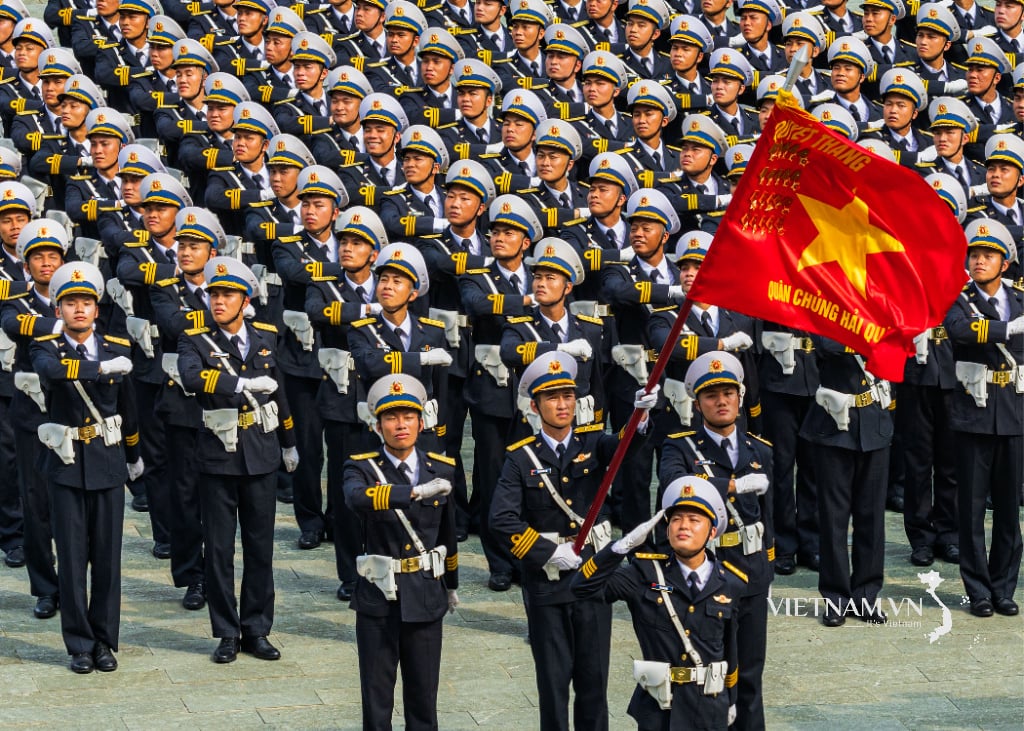
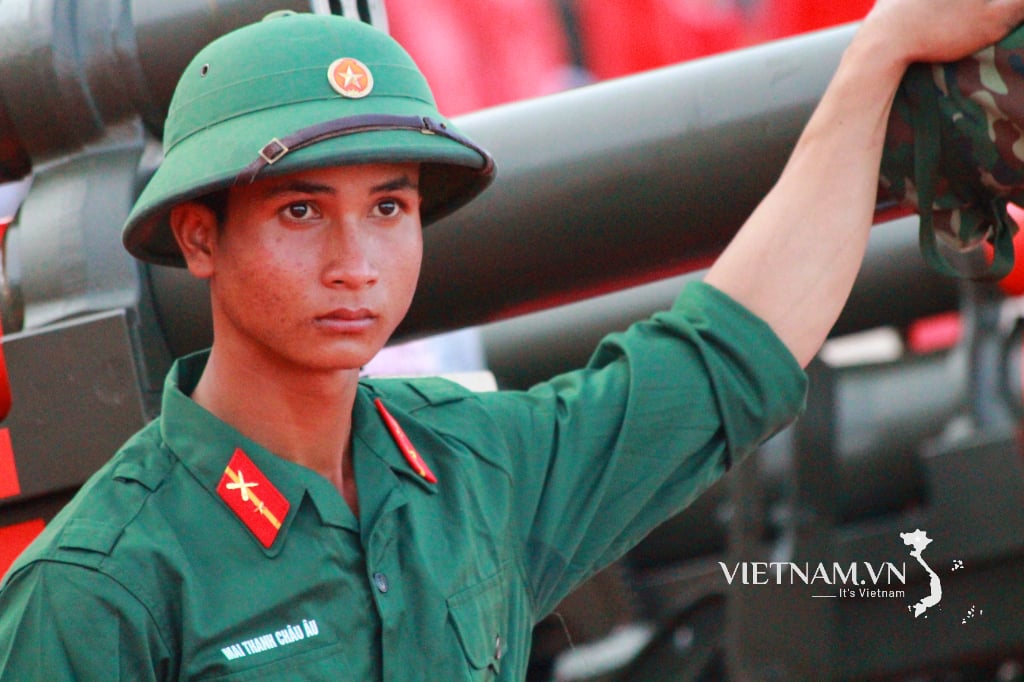


Comment (0)